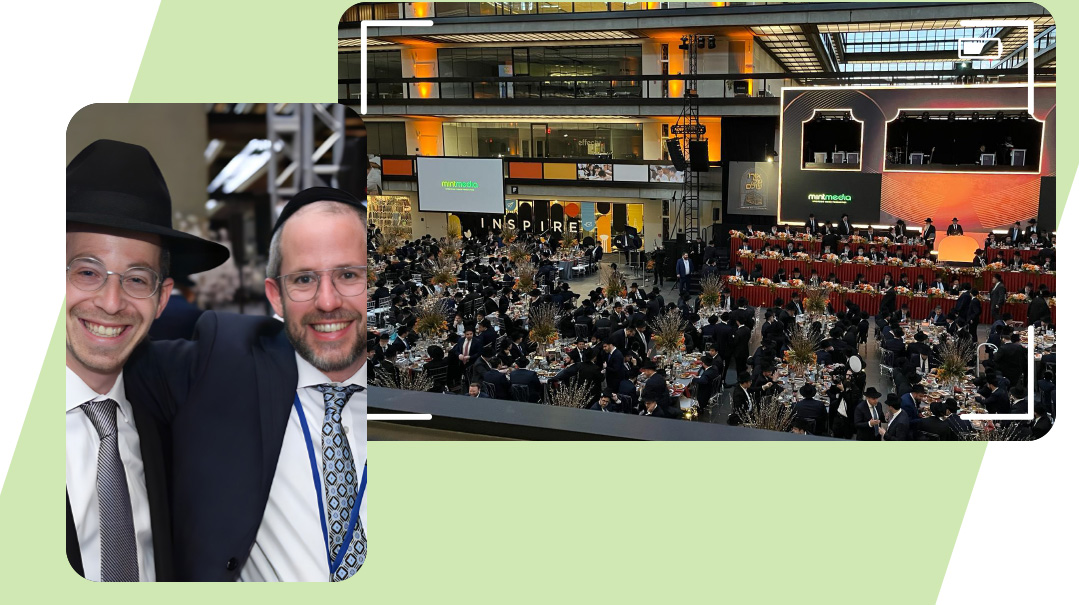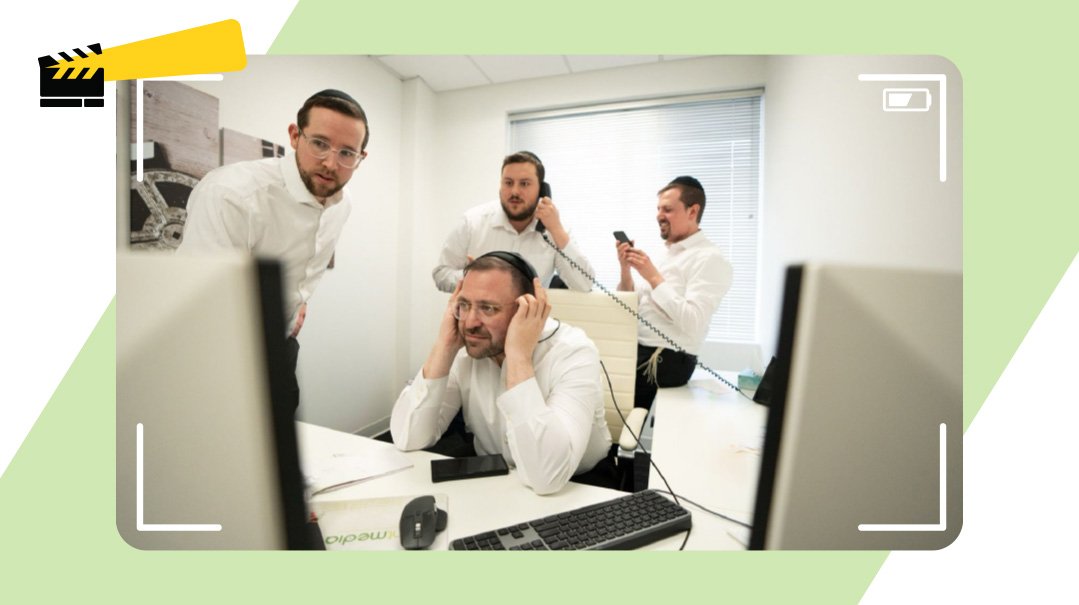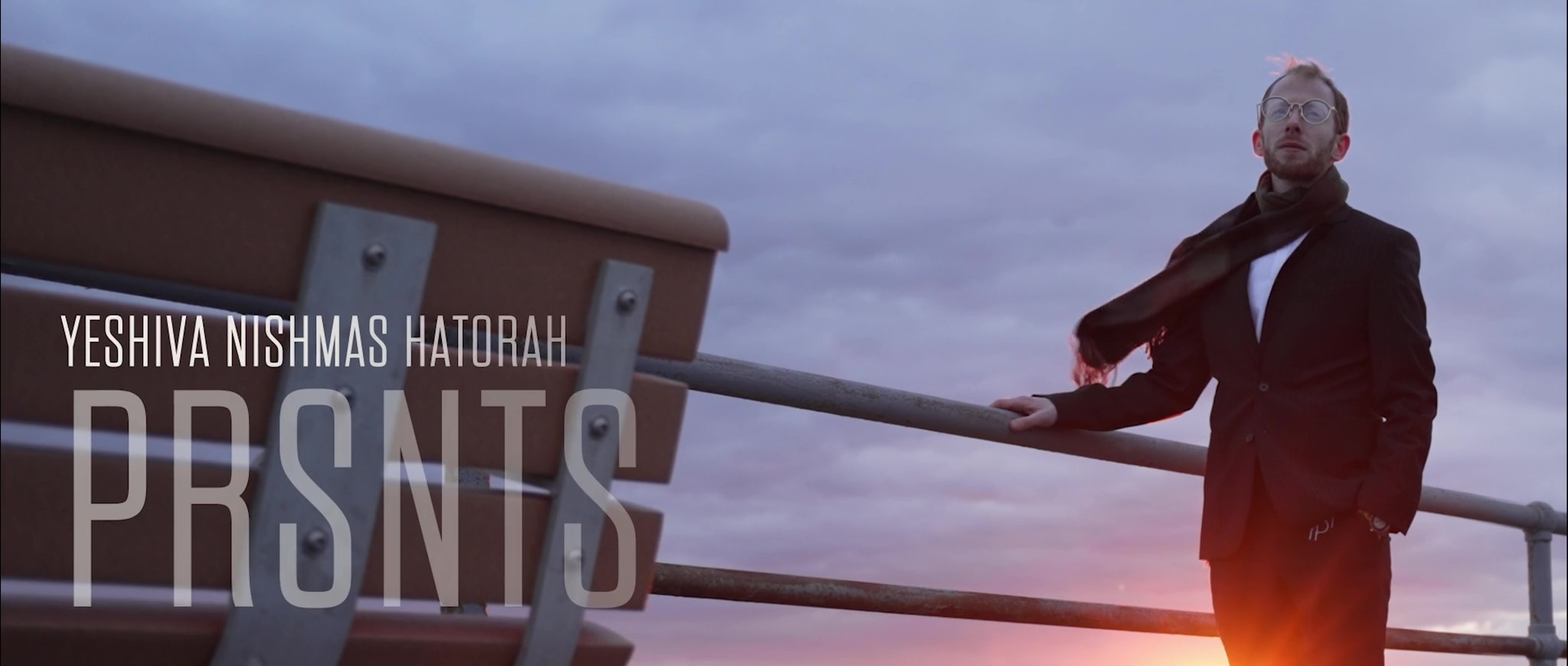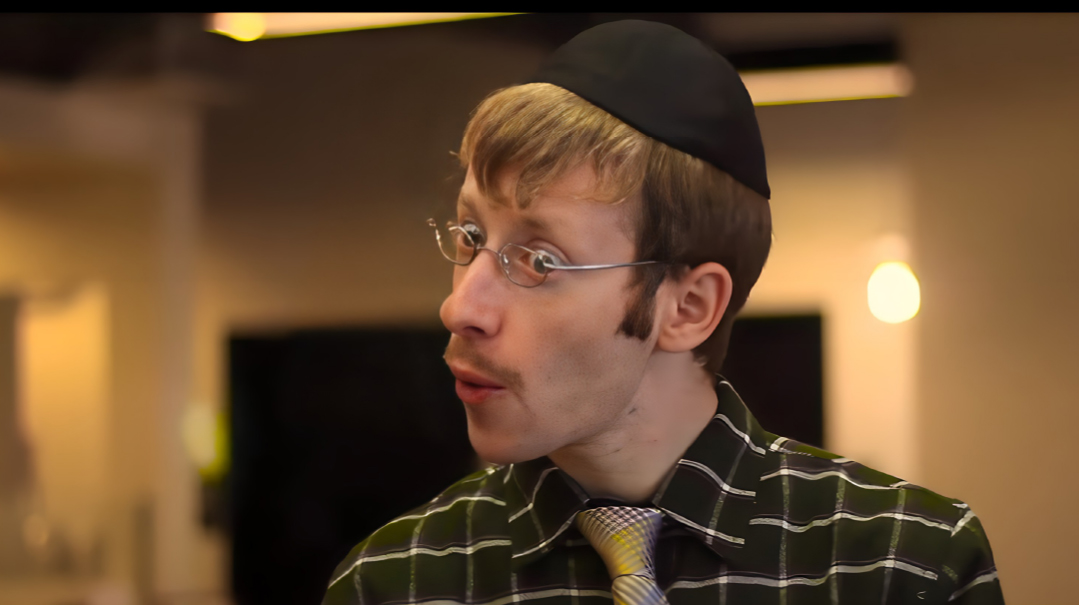What Executive Directors Can Expect From Their Video Vendors
| August 1, 2023The idea of dramatically (and comically) showing where tech would fail as opposed to just explaining where it would help gained traction
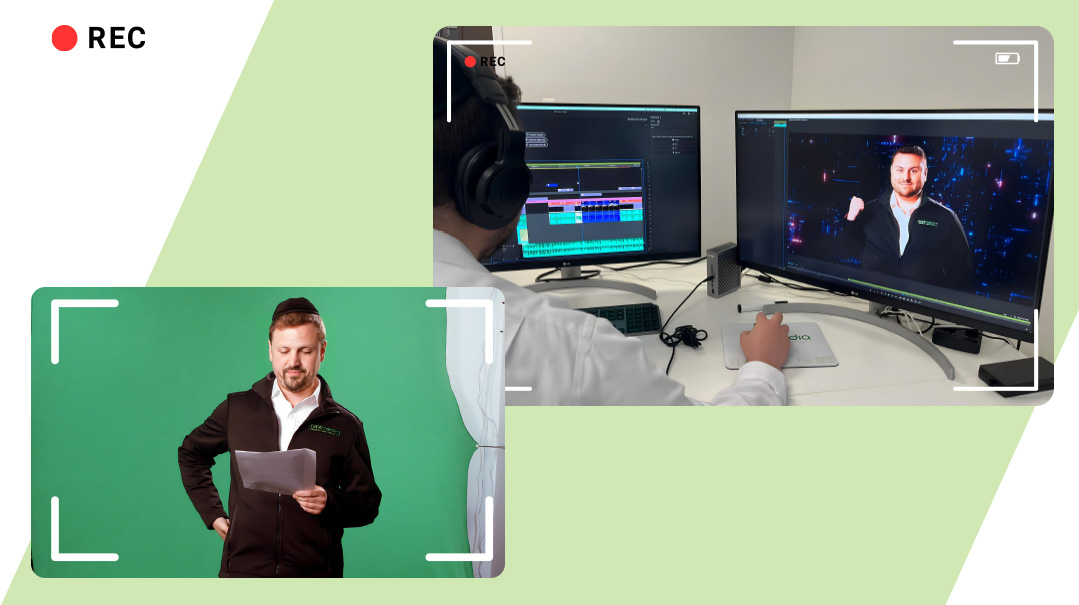
Client: Executive Directors Network (EDN)
Objective: Create a video to show at their conference mid-July
Film locations: Lakewood, in our green-screen studio
Interviews: 6: some of the Mint Media team, plus actor Yaakov Berger
Project Deadline: July 12, 2023
The Proposal
A large percentage of our client base is mosdos, which are run by executive directors, so an event like the annual EDN conference, where they gather to share ideas and learn from industry experts, is a real opportunity for us to give back to our clients and to simultaneously showcase our expertise. We’ve worked on various projects with EDN for the past three years, and I was excited when Yitzchok Krausz, executive vice president of Cheder D’Monsey and one of the conference organizers, contacted us about creating three videos. The first would be a short 90-second promotional video encouraging executive directors to attend the conference, to be released at the end of June. The second would be a compilation of rabbanim acknowledging the vital role and chashivus of executive directors, who give so much of themselves to build Klal Yisrael’s mosdos; this would be played at the conference. The third video would be our own in-house production. With this, we would demonstrate the latest trends in video production, helping show executive directors what they can expect from their video production vendor.
Internal discussions
I kicked off our brainstorming sesson with an office lunch; nothing like Upper Crust’s deep-fried mac ’n cheese bites to get the creative juices flowing. I started the discussion with an idea I’d been toying with: a feature spoofing the frum world’s WhatsApp use. (I’m being vague because we still may use it one day!) Mordy Fisgus, our executive VFX director, countered with his own concept: a video about using advanced technology in our line of work.
“We can go through the steps of video making, showing where tech can do a faster and better job, and where human touch is still necessary,” he explained.
His idea sounded current and practical, and the rest of us quickly got involved, throwing out different scenarios. The rapid-fire suggestions quickly took on a comedic angle; we wanted the video to be informative and entertaining, so the idea of dramatically (and comically) showing where tech would fail as opposed to just explaining where it would help gained traction.
I suggested having the software try to match up interview sections, to scan through our footage and locate a rebbi talking about the special flavor of the yeshivah, and then find a clip of a talmid echoing the sentiment and backing that up. Not understanding the nuance of the word “flavor,” the software would take it literally and generate a video in which the talmid talks about the yeshivah lunches.
Video editor Usher Weldler countered with the idea to ask the software to remove every “um” and “er” from the interviews, who of course would deliver a monologue full of words with those sounds, like “nUMbER,” “bochUR,” and “circUMstances,” resulting in impossible-to-understand gobbledygook.
Our “crowdstorming” slowly morphed into an outline. The concept: four of our video-making divisions would be represented by one staff member each, showing where tech advancements would enhance workflow and production, and where it would fail miserably.
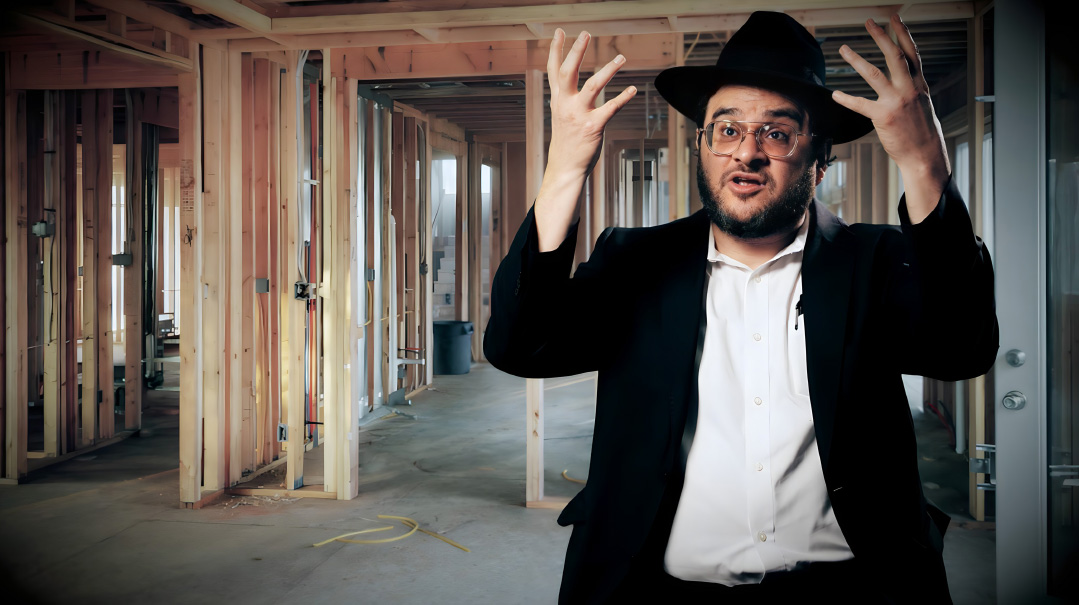
Actor Yaakov Berger humorously portrays the poverty of our fictional yeshivah, accentuating our point effectively
Pre-production
Outline in place, I tasked Usher Weldler with writing a more detailed script with examples we’d portray and the accompanying dialogue. To get the ball rolling, he needed a clear breakdown of our video-making process, which was quite challenging. We deal with proposals, client relations, logistics, script and narration writing, interviews, cutting and building stories, adding B-roll, creating effects and templates, breaking down graphics, animating logos, finding and splicing music tracks, revisions, and polishing until the video is flawless.

Mordy Fisgus, Executive VFX Director, showcases cutting-edge technology in his daily work
It’s Not Easy Being Green
Filming was in our studio with a green screen, a backdrop behind the actors. The color green is furthest from human skin tone (we try not to film on fast days), which most easily enables editing software to separate the subject from the background. This gives us the flexibility to add our chosen background in the editing stage. A green screen is a great option when you want varied or unrealistic backdrops, especially in a video like this where we’re aiming for a futuristic vibe with holographic-style scenery.
Filming these segments made for a great experience. Aside from the bonding and camaraderie as we tried remembering our lines, we also learned a new appreciation for what it’s like to be on the lens side of the camera. Much of our day is spent looking at footage, editing interviews and acting scenes. There’s always something that needs fixing, and sometimes we’ll have that frustrated thought: Why couldn’t he get the line right in one straight take? or Did he have to move his head out of the frame the second he finished? Now, when we were in the spotlight, surprise, surprise — we found ourselves making the same mistakes! It’s a lot easier to give advice from a comfortable office chair than to be flawless under the lights.
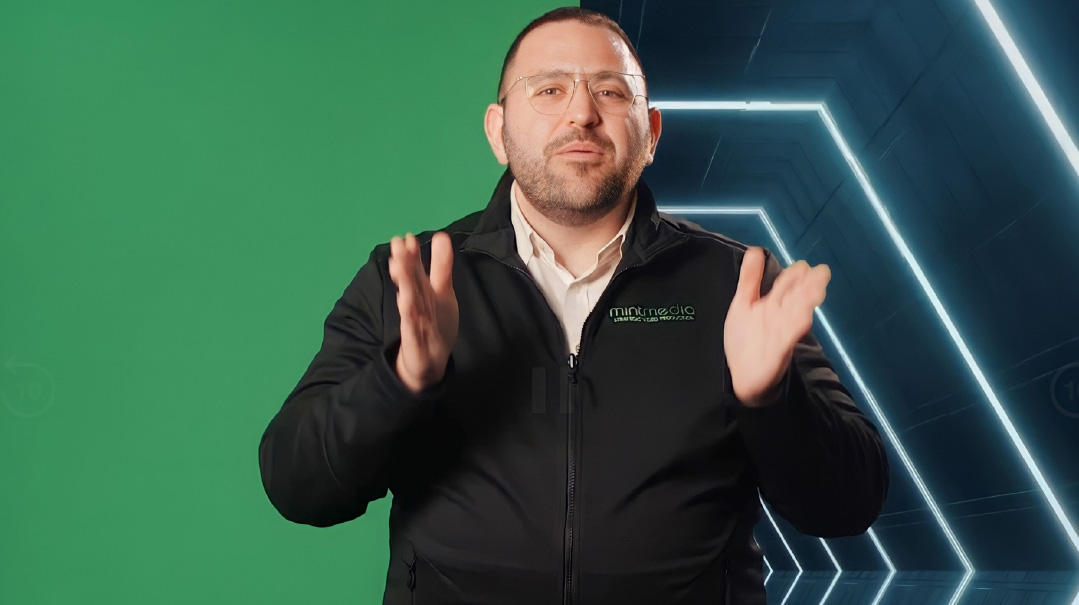
Moshe Niehaus, senior production manager, shares valuable insights, demonstrating the green screen process with a split background
Going off-script
There was a scripted dialogue (thank you, Usher!), but it was simply meant to give a framework with the understanding that everyone would speak in their own voice, especially with actor Yaakov Berger’s more comedic lines. For one of the technology “fails,” we had the technology generate a strategy for a yeshivah campaign video, coming up with the dubious idea of highlighting the institution’s poverty and desperation. Yaakov’s role was a menahel discussing his students’ plight in dramatic terms. Though we gave him some guidance, he took it to the next level, emotionally describing “the holes in the talmidim’s tattered clothing, matched only by holes in the ceiling with asbestos falling through.” He had everyone in stitches; the rest of us had to leave the studio so our laughter wouldn’t mess up the shoot. There’s actually one point where Yaakov himself started to crack up, but in editing we realized it could also look like he’s about to cry, which worked perfectly.
In Stock
We wanted to use more creative B-roll, or secondary images, than the standard promo video. We did take simple shots of our staff at their desks, but that wasn’t nearly enough. Generally, our next line of defense is stock video from professional subscription video and graphic sites. I asked one of our editors, Mrs. Devorah Loeb, to listen to our speaking parts and build a folder of corresponding stock video footage.
Downloading these videos can be easier logistically than sending our videographers to spend the day getting B-roll at the client’s building, but it takes a lot more out-of-the-box thinking to match the pieces with our storyline. To illustrate, in our audio-editing section, when our associate director of VFX, Jeremy Lewis, talks about how a speaker’s poor delivery on camera can detract from the message’s impact, we used B-roll of a pizza delivery boy holding a huge stack of boxes and losing his balance and dropping them. Get it? Poor delivery!
We used stock footage in more straightforward pieces, too. In my short introduction and closing remarks, I speak about technology being a tool, and for that part we stuck in a hammer. When Mordy Fisgus talks about distracting footage, we show a fidget spinner (obviously!). The added challenge here was finding clips of those items that fit our techy futuristic vibe, and whenever possible we used holographic versions of the shots we needed.
Callback
Video length is a balancing act — you want to get the message across without dragging it out and losing the audience. Here, we needed five full sections to deliver our message, but we wanted to keep the video about five minutes long. (We also learned quickly that when you’re editing yourself, it’s even harder to cut segments and remove the good lines.)
In the end, we compromised on a seven-and-a-half-minute video. We like to think it’s entertaining enough to captivate viewers, and based on feedback — even people who didn’t attend the conference emailed to see it — I think we were right. Which is exciting, because the video was about us for a change.
(Originally featured in Mishpacha, Issue 972)
Oops! We could not locate your form.

